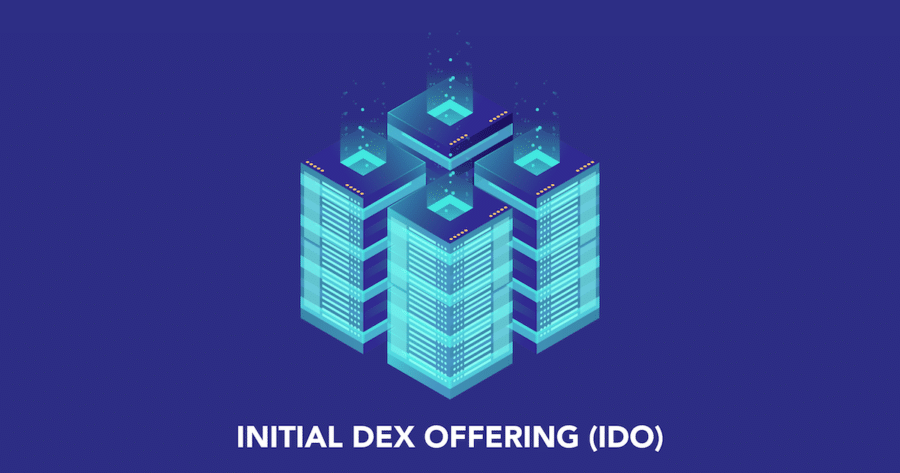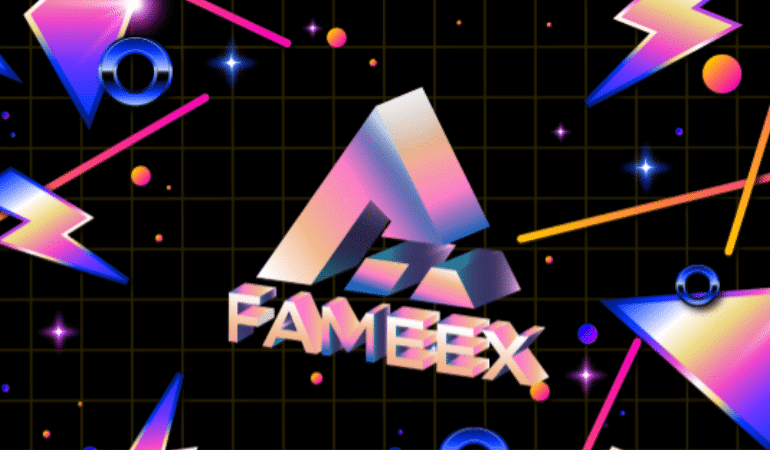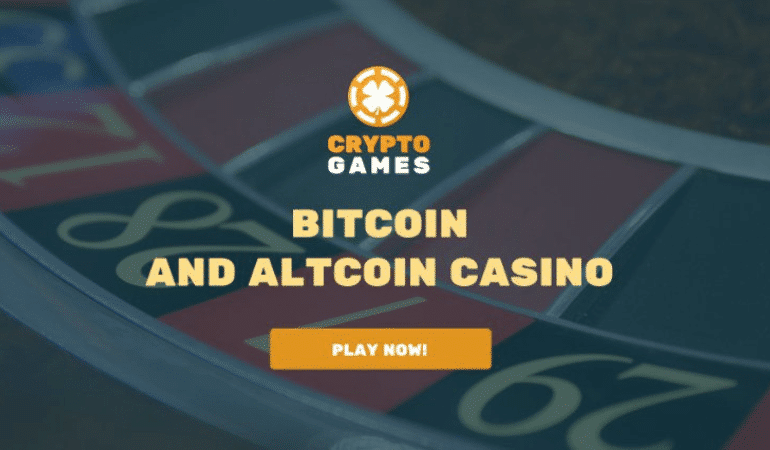The development of the initial DEX offering (IDO) resulted from the maturation of the cryptocurrency market. Cryptocurrency’s first method of raising fund was the initial coin offering (ICO), which caused controversy in 2017. The same went for many early investors who became millionaires overnight.
What is an ICO? It involves raising money from retail investors in a non-regulated manner. Investor protections and control were the main problems of ICOs. Because there were no control mechanisms, project teams were not subject to due diligence.
Many ICO projects promised impressive gains, and almost everyone did. But unfortunately, ICO projects have often turned out to be gimmicks or outright scams designed to make money fast. As a result, the cryptocurrency market has lost its reputation, and many potential new investors have become discouraged from joining.
As a solution to this problem, decentralised finance (DeFi) employs a range of fundraising techniques. An excellent example of this is a decentralised exchange (DEX). DEXs have provided cryptocurrency investors with new, more inclusive crowdfunding options.
Before discussing the inner workings of the IDO, let’s take a quick look at DeFi and DEXs.
What Does an Initial Dex Offering Consist Of?
The initial DEX offering (IDO) is a fundraising strategy that pools retail investors’ investment capital. “Traditional” ICO crypto crowdfunding models have many drawbacks, which IDO addressed. Moreover, since IDOs interact with DEXs rather than centralised exchanges, they can be considered decentralised liquidity exchanges.
Investing in crypto projects through an IDO is the newest model for raising funds from investors. There are, however, some limitations to them. The scalability of DEXs, for example, is lower. More than $1 billion is often raised through IEOs and ICOs. DEXs have never seen anything like this before.
A steep learning curve may prevent the average crypto trader from using DeFi platforms due to a lack of understanding of cryptocurrency functions. Therefore, efforts must be made to fund DeFi education to address this issue effectively.
When investors have the right information, nothing can derail their confidence. But unfortunately, DEXs will have difficulty raising money for such endeavours.
Crypto IDOs: How Do They Work?
The following section covers the more observable DEX characteristics that enable IDOs:
Due to DEXs’ ability to provide instant token liquidity, IDOs function. Because of this, DEXs frequently reward liquidity pool providers. In addition, thanks to liquidity, DEXs can provide a smooth user experience.
Most projects allocate funds to help facilitate trading, giving the DEX liquidity. There is now widespread acceptance of this method. Furthermore, many projects use a consensus mechanism called proof-of-stake (PoS). The PoS consensus aims to ensure network security. This mechanism, however, is primarily intended to prevent investors from prematurely selling their shares.
A PoS consensus can only be achieved if investors maintain their funds in the supported token. As part of their investment, investors receive benefits.
The project token can be traded as soon as the project launches. IDO’s tokens will be worth more when it launches, making early investors more money on their investment. Investing early can save investors money by purchasing a large bag of tokens.
When the public sale launches, the token value increases. As soon as the initial sale takes place, the price will start to rise. Due to the high liquidity available on a liquid exchange for trading pairs, new smart contracts only cost a small amount of gas to execute. In addition, asset tokens and liquidity pools are managed through smart contracts. As an alternative to conventional fundraising methods, IDOs can also instantly mint tokens.
It is also possible to raise money for any worthwhile project. Getting around the strict approval process has enabled many projects to access retail investors. An alternative to high-cost initial exchange offerings (IEOs) is avoiding the high costs of those offerings.
Many subpar projects have also been started due to a lack of due process. Investors can also become victims of outright fraud if the project owners rob them of their money and disappear with it.
Investors cannot wait long when they want their tokens listed on an exchange. Following the completion of the IDO, the listing usually takes place immediately. With this timing, investors can reap the benefits of their investments much sooner than with an initial coin offering (ICO).
There are, however, some DEXs that are not advantageous. They are more trustworthy because they lack trust, so they are more responsible. There is no need for a human middleman in their system. It is still possible, however, for DEXs to be affected by technical flaws. There are often reports about hackers fleeing with investor funds due to potential vulnerabilities.
Setting up an IDO
A detailed description of how users can launch IDOs is provided in this section. The launch of a successful IDO requires the creation of a cryptocurrency.
An IDO’s Launch: A Step-By-Step Guide
Step 1: Create a business plan.
Plan to launch the token offering on a DEX with a strategy that makes sense. The plan should outline a problem statement, funding allocation, blockchain to be used, marketing plan, and how to keep momentum after the IDO.
Step 2: Create marketing materials.
Marketing materials for IDO launches should include a website and white paper. It is possible to increase investor confidence significantly with a professionally designed and well-branded website.
When a website is robust, it can move investors who have already committed logically to a project. In addition, the website can help the project appear more polished. Conversely, the lack of a website may make it difficult for many initiatives to establish their brand identity.
Investing experiences become more specific and factual. Because a white paper aims to educate rather than sell directly to readers, there is no hard-sell copy. Instead, the white paper provides other details, statistics, illustrations, and tables. Due to the white paper’s use of statistics, the investor believes the project is a wise investment.
Step 3. Go to a DEX launchpad.
The platform’s requirements, typically consensus and whitelisting, must be met for an IDO to be accepted.
Step 4: Generate the cryptocurrency
The question of whether you could launch a cryptocurrency of your own is one that users frequently ask. If you have some technical know-how and decent marketing skills, you can launch a crypto coin pretty much anywhere.
The process of launching a cryptocurrency has become much more straightforward. With an app like CoinTool, users can let the app handle all the laborious tasks. But, is there a specific time frame for making a cryptocurrency? It may seem that CoinTool takes only a short amount of time for users to complete the process.
There is no difficulty in generating tokens. It is possible for anyone to learn how to create a cryptocurrency. However, persuading investors to fund projects without real-world value and utility is hard.
In the wake of the successful completion of the IDO and Token Generation Event (TGE), the token has been listed on the DEX for trading. AMMs like PancakeSwap and SushiSwap are used to list the products.
Step 5: Release the token to begin raising money right away.
This is a basic overview for those who need help introducing a cryptocurrency token. It is the project team’s responsibility to create token pools. Then, the tokens are purchased in advance by investors through token pools.
Immediately after the IDO, the investors will be able to receive their tokens before the TGE. By conducting an auction rather than setting a fixed price, the issuer can determine the price based on supply and demand.
Some projects might entice investors to provide liquidity. In this way, momentum may be gained and maintained for the project. In addition, liquidity offers users the opportunity to earn more tokens.
What Differentiates an ICO From an Ido and What Makes Them Similar
It should now be clear to readers what an IDO is and why it is superior to an ICO. IDOs and ICOs are contrasted in this paragraph.
Unlike initial public and exchange offerings, the IDO and ICO do not require token issuers to pay fees to intermediaries. However, projects using the IDO or ICO fundraising models are solely responsible for their marketing.
More knowledgeable teams hire developers with more experience to develop the smart contract. Teams may also be required to conduct audits and ensure everything is “on the books.” By doing this, owners won’t be surprised by legal or regulatory issues in the future.
The reasons why IDOs might be a better alternative to ICOs will be discussed in this article. The first problem with ICOs is that they are very centralised. They are also prone to rug pulling (where they disappear with investor funds). Last but not least, investors are not protected.
The process of minting ICO tokens usually happens on the company’s website after the sale. The price of using this strategy is high. Because the token issuer demands that the token be listed on one or more of the most well-known (therefore, centralised) exchanges, this is the case.
The Benefit Of IDOs Over ICOs
IDOs have the advantage of requiring no pre-mine, which makes them an attractive alternative to ICOs. It may increase investors’ confidence, primarily if they use fundamental analysis to select their projects. On the other hand, investing in a token that has a high pre-mine allocation may worry investors about its long-term emission rate.
Investors benefit from IDOs equitably. It is possible to trade IDO tokens right away, in particular. In addition, as opposed to ICOs, where lockup periods are standard, IDOs do not allow lockups.
ICOs often offer favourable terms to insiders and early investors that retail investors are not provided. However, with IDOs, such favorability is not possible due to smart contracts’ lack of this capability.
A significant advantage of IDOs is that they offer instant access instead of ICOs, which require a preliminary waiting period before liquidity and trading become available. In addition, one advantage of IDOs is that the token is immediately listed on the DEX where the IDO took place.
Initial DEX Offering in Comparison to an ICO
The projects must pay for ICOs before funds can be raised through them. Following the exchange’s approval, the token is listed on the exchange. The use of IDOs does not incur costly fees for projects. They also don’t need permission from anyone since it’s completely decentralised.
Consequently, the approval process for the project does not require a meeting. Influential community members will often take the initiative and vet projects and tokens before they are released. The project can broaden its audience using this strategy without traditional advertising channels. Social media websites like Twitter, Discord, and Telegram offer this support.
There are some drawbacks to IDOs-they are not perfect. There has been a lot of manipulation of price action using bots. Some users could make enormous profits using these bots at the expense of others.
It has also been reported that hackers have exploited smart contract bugs. Investor money is often gone before anyone notices that hackers have stolen it. IDOs raise less money than ICOs, a fact worth mentioning again. The valuation of an ICO project can exceed $1 billion, but the amount of an IDO project is unheard of.
There has been a rapid expansion of the DeFi market in recent years. However, compared to their centralised competitors like Binance, even well-known DEXs like Uniswap and PancakeSwap have difficulty supplying liquidity. In addition, it is typically much more challenging to learn how to use DEXs. The steep learning curve may deter potential investors, especially newcomers to cryptocurrency.
ICOs presented many problems that IDOs addressed. Investing in direct offer gives investors a chance to get closer to the projects they are interested in.
In addition, IDOs can be viewed as having lower entry requirements. There would have been no other way for a large number of worthy projects to raise money if it hadn’t been for IDOs.
Because they are perceived as fair, IDOs are a “great equaliser.” Small teams with creative ideas can use them to gain exposure and launch their projects.
***





